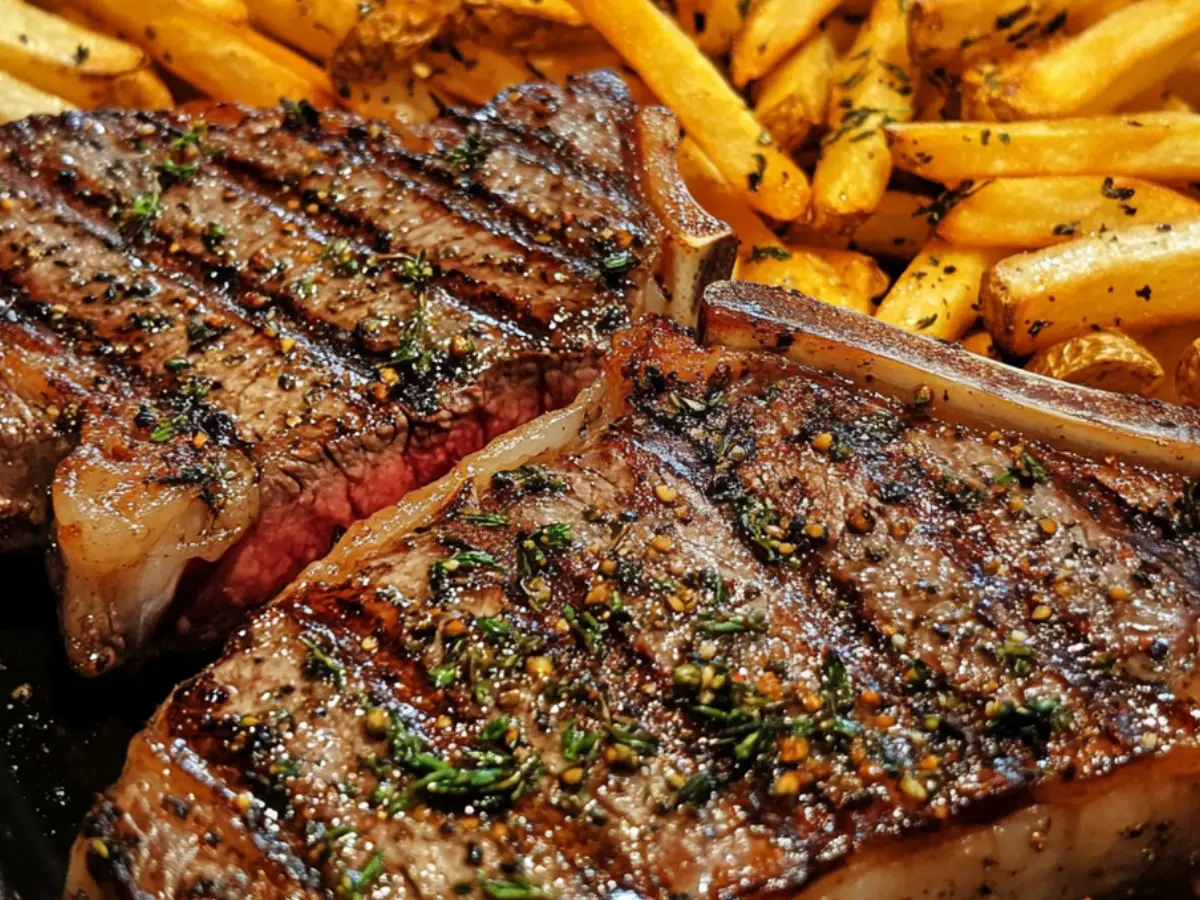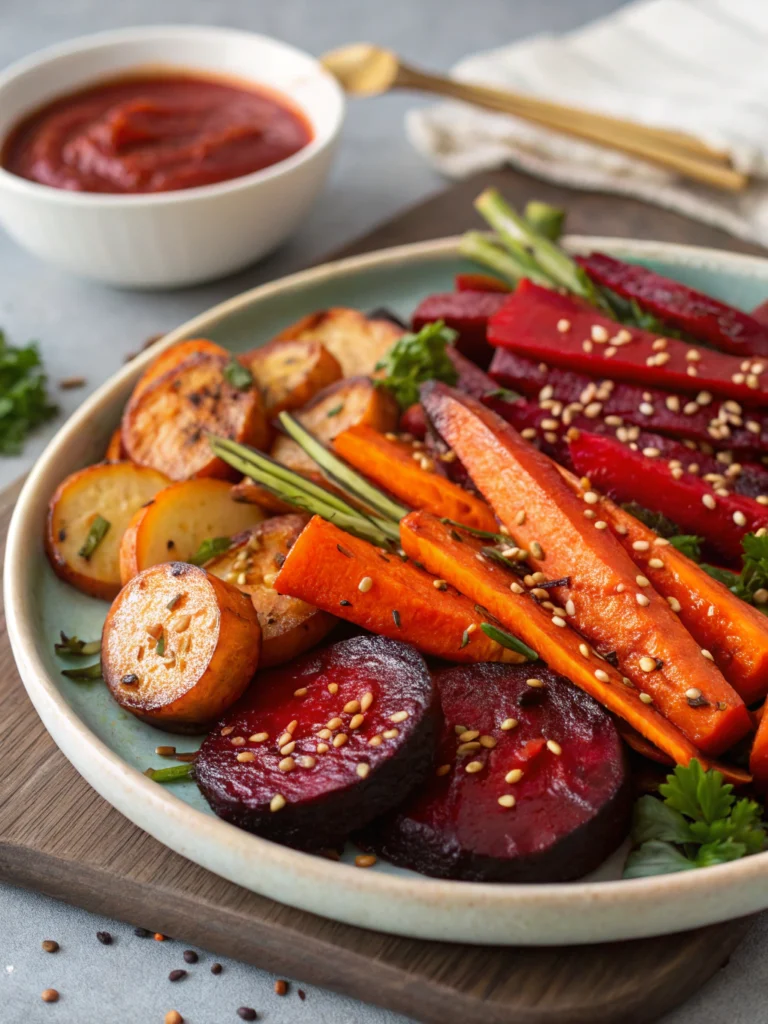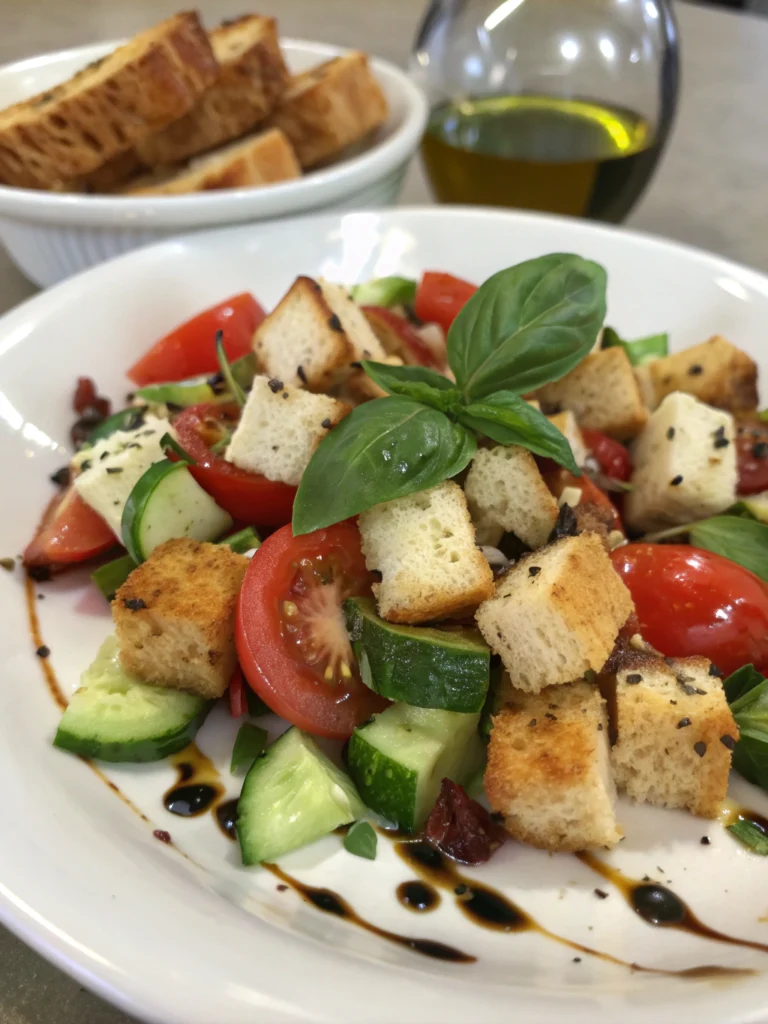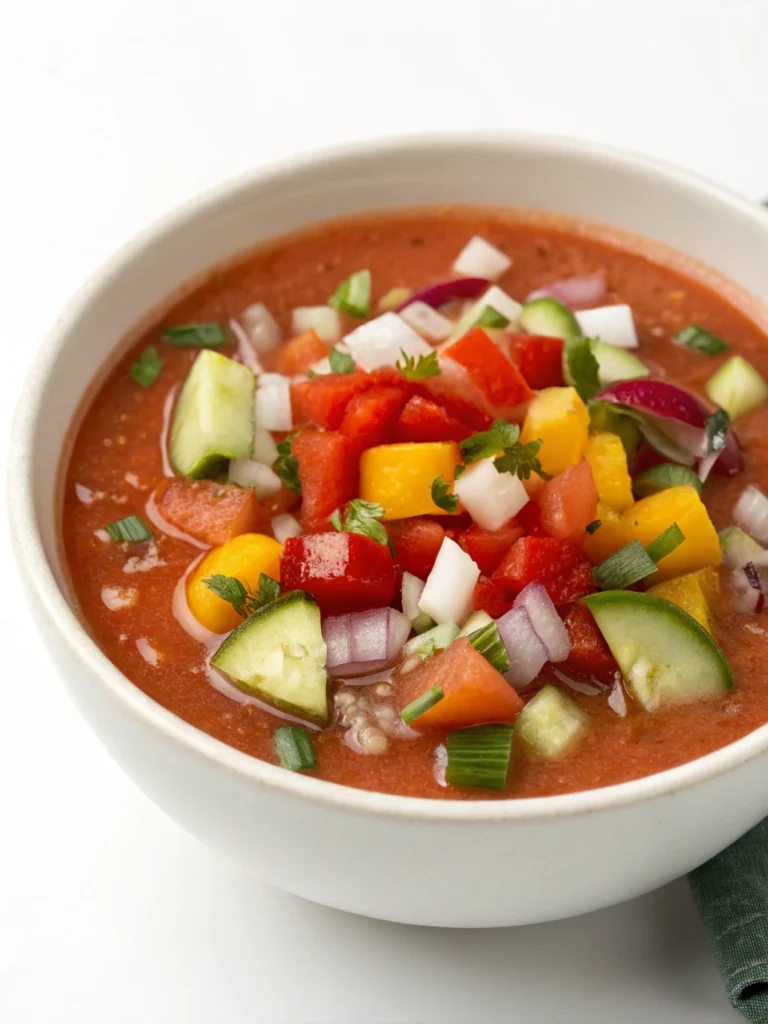I still remember the first time I had a perfectly grilled Garlic T Bone Steak; it was love at first bite. The combination of tenderloin and strip steak in one cut makes it a favorite among steak enthusiasts.
The addition of garlic to this already impressive cut elevates it to a whole new level of flavor. When cooked to perfection, the result is a truly mouthwatering experience.
As a steak lover, I’m excited to share with you my take on this classic recipe, using high-quality beef and simple yet effective cooking techniques.
Key Takeaways
- Learn how to choose the perfect T-bone steak for grilling.
- Discover the secret to infusing your steak with aromatic garlic.
- Understand the importance of proper cooking techniques for a restaurant-quality steak.
- Find out how to achieve a perfectly cooked T-bone steak every time.
- Get tips on serving and pairing your grilled T-bone steak for a memorable dining experience.
What Makes a T-Bone Steak Special
The T-bone steak stands out in the world of beef, offering a unique combination of flavors and textures. It is cut from the short loin, containing both the New York strip and the tenderloin, making it a favorite among steak lovers.
T-Bone vs. Porterhouse: Understanding the Difference
Both T-bone and porterhouse steaks are cut from the short loin and include the same two cuts of meat: the New York strip and the tenderloin. However, the key difference lies in the size of the tenderloin portion. A T-bone steak has a smaller tenderloin because it is cut from the front portion of the short loin where the tenderloin tapers off. In contrast, a porterhouse steak is cut from the rear section, yielding a larger tenderloin. According to the USDA, for a T-bone to be considered a porterhouse, the tenderloin must be at least 1.25 inches thick, measured from the bone to the widest point.
The Perfect Cut for Steak Lovers
The T-bone steak is considered the perfect cut for steak enthusiasts because it offers the best of both worlds: the robust flavor of the strip steak and the tenderness of the filet mignon. The presence of the T-shaped bone not only adds to the steak’s visual appeal but also enhances its flavor by conducting heat and helping to maintain moisture. Additionally, the marbling and fat content in a T-bone steak contribute to its rich flavor and juicy texture when cooked properly, making it a truly indulgent experience for those who appreciate a high-quality T-bone steak.
Essential Ingredients for the Perfect Garlic T Bone
To achieve perfection in grilling a garlic T-bone, focus on gathering the necessary ingredients. The quality of these components directly impacts the final dish.
Selecting the Right Steak
When choosing a T-bone steak, look for a cut that is 1-1½ inches thick, with good marbling and a rich red color. I prefer a 12-ounce or larger steak for generous portions.
Garlic and Herb Flavor Components
Garlic is a crucial flavor component, and using 2 cloves, smashed, will infuse the steak with a deep, aromatic flavor. Complementing the garlic are fresh herbs like thyme, which add a savory note to the dish.
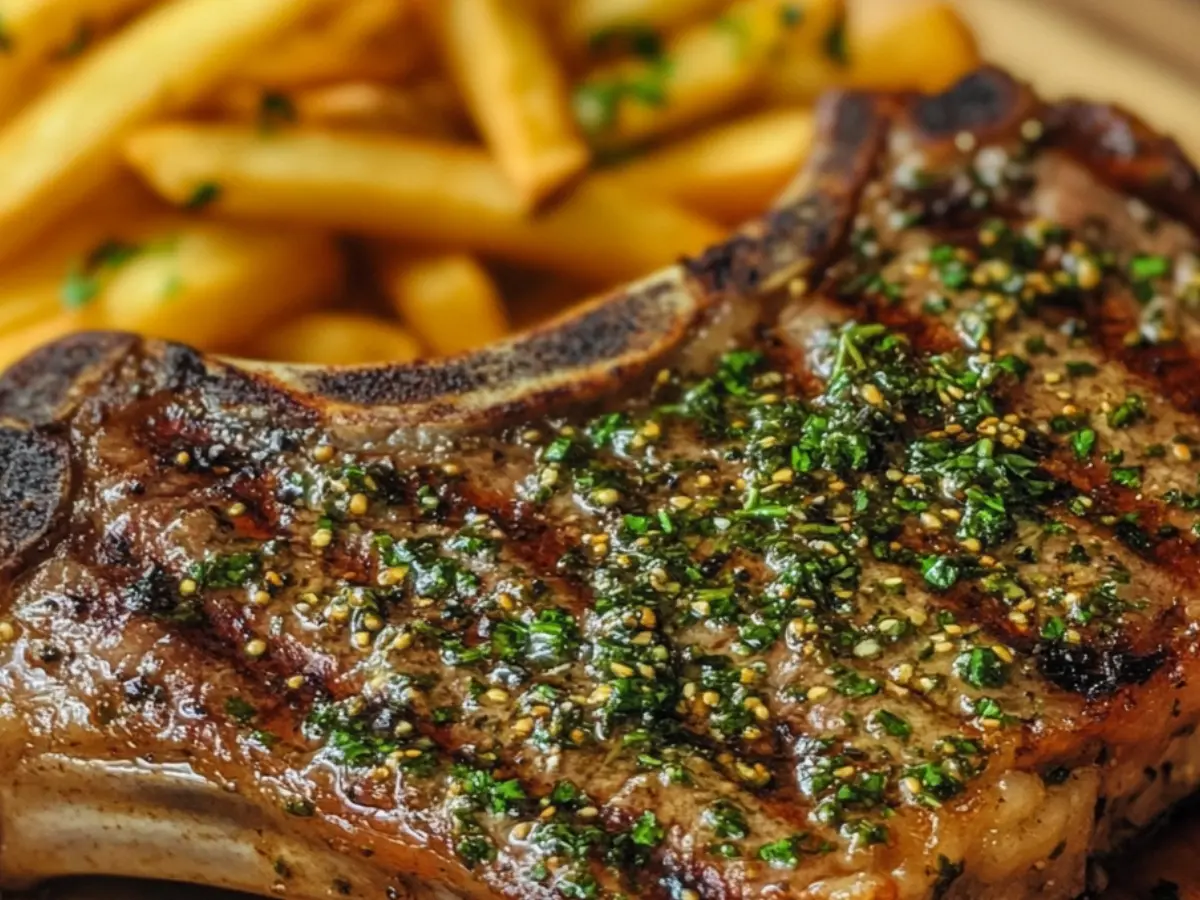
Additional Seasonings and Oils
To enhance the natural flavors, use a combination of salt, pepper, and a high-quality steak rub. For cooking, I recommend using 4 Tablespoons of avocado oil and finishing with 4 Tablespoons of butter for a rich, caramelized crust.
- 1 12-ounce T-bone steak
- 1 Tablespoon Hey Grill Hey Beef Rub or salt and pepper
- 4 Tablespoons avocado oil
- 4 Tablespoons butter
- 2 cloves garlic, smashed
- 2 sprigs fresh thyme leaves
My Foolproof Garlic T Bone Preparation Method
My approach to preparing the perfect garlic T-bone steak involves a few crucial steps that ensure maximum flavor and a tender, juicy finish.
Bringing Steaks to Room Temperature
To ensure even cooking and accurate timing, it’s essential to bring steaks to room temperature before grilling. I remove the steak from the fridge 30 minutes before cooking. This simple step makes a significant difference, especially with thick cuts like T-bones.
Seasoning Techniques for Maximum Flavor
Proper seasoning is critical for bringing out the best in your T-bone steak. I season both sides liberally with salt and pepper, making sure to cover the entire surface. The key is to season at the right time and in the right amount to maximize flavor development.
Preparing the Garlic Butter Mixture
A compound garlic butter adds an extra layer of flavor to the steak. To prepare it, I mix softened butter with minced garlic and herbs. The ratio is crucial: for every 2 tablespoons of butter, I use 1 clove of garlic, minced, and a sprinkle of chopped herbs like parsley or thyme.
- Remove steaks from the fridge 30 minutes before cooking.
- Season both sides with salt and pepper.
- Prepare garlic butter in advance for optimal flavor.
Grilling the Perfect Garlic T Bone
To grill a garlic T-bone steak to perfection, you need to understand the importance of two-zone cooking. This technique involves setting up your grill with direct high heat on one side and indirect heat on the other.
Setting Up Your Grill for Two-Zone Cooking
Setting up your grill for two-zone cooking is crucial for achieving a perfectly cooked T-bone steak. By having high heat on one side and indirect heat on the other, you can sear your steaks over high heat and then finish cooking them over indirect heat.
- Create a hot zone for searing steaks.
- Create a cooler zone for finishing the cooking process.
Temperature and Timing Guidelines
Temperature control is vital when grilling steaks. I recommend using a thermometer to monitor the internal temperature of your steaks. Pull your steaks when they’re about 10 degrees away from your target temperature due to carryover cooking.
- Cook steaks for 5-7 minutes per side over indirect heat.
- Use a thermometer to check internal temperature.
Adding Garlic and Herbs During the Grilling Process
Adding garlic and herbs during the grilling process can enhance the flavor of your steaks. I add garlic and herbs towards the end of the grilling time to prevent burning and ensure maximum flavor infusion.
- Add garlic and herbs during the last few minutes of grilling.
- Monitor the steaks to prevent burning.
The Cast Iron Skillet Method
The cast iron skillet method offers a superior alternative to grilling, providing consistent heat distribution and a perfectly seared exterior. This technique is ideal for achieving a restaurant-quality T-bone steak at home.
Pan-Searing with Garlic and Herbs
To start, add butter to an oven-safe cast iron skillet and turn the heat to high, allowing the skillet to become hot. Place the T-bone steak face down and sear undisturbed for 2 minutes. Flip and sear for an additional 2 minutes. This will give your steak a nice seared exterior. Add whole garlic cloves, fresh rosemary, and thyme to the pan to infuse the steak with aromatic flavors.
Finishing in the Oven
Immediately transfer the hot cast iron skillet directly to the oven, being cautious as the skillet may be hot. Handle it with oven mitts to avoid burns. The oven heat will cook the steak to the desired level of doneness. This method allows for precise temperature control, ensuring a perfectly cooked T-bone steak.
Temperature Guide for Perfect Doneness
Mastering the art of grilling a T-bone steak involves knowing the right temperature for the desired doneness. To achieve this, it’s essential to understand the role of temperature in cooking steak.
Using a Meat Thermometer Effectively
A reliable meat thermometer is crucial for achieving perfect doneness, especially with thick cuts like T-bone steaks. I recommend inserting the thermometer into the thickest part of the steak, avoiding any fat or bone.
Recommended Internal Temperatures
For optimal results, refer to the following internal temperatures:
- Rare: 115°F
- Medium Rare: 125°F
- Medium: 135°F
- Medium Well: 145°F
- Well Done: 150°F
The Critical Resting Period
After grilling, it’s vital to let the steak rest. This allows the juices to redistribute, making the steak more tender and flavorful. For T-bone steaks, I suggest resting for 5-10 minutes, depending on the thickness. During this time, the steak will continue to cook slightly due to residual heat, a phenomenon known as carryover cooking. It’s essential to factor this into your cooking time to avoid overcooking.
Serving Your Mouthwatering Garlic T Bone
Serving a grilled garlic T-bone steak is an experience in itself, and I’m here to guide you through it. Once your steak has rested, slice the tenderloin and strip steak away from the bone and cut against the grain for maximum tenderness.
Arrange the sliced meat on a serving platter with the bone, and drizzle with the pan juices, infused with garlic and thyme. Consider creating a simple pan sauce using the flavorful drippings, adding a touch of elegance to your presentation.
For a finishing touch, serve with roasted garlic and a sprinkle of flaky sea salt. Pair your steak with complementary side dishes like roasted potatoes for a classic combination, and don’t forget to recommend a suitable wine to complement the rich flavor.
FAQ
What is the ideal thickness for a T-bone steak?
I recommend using steaks that are at least 1.5 inches thick to achieve the best results, as this allows for even cooking and a more tender final product.
How long should I let my steaks rest after grilling?
After grilling, I let my steaks rest for 10-15 minutes to allow the juices to redistribute, resulting in a more flavorful and tender steak.
Can I use a different type of oil for the garlic butter mixture?
While I prefer using high-quality olive oil, you can experiment with other oils like avocado oil or grapeseed oil to find the flavor that works best for you.
How do I know when my steak is cooked to my desired level of doneness?
I use a meat thermometer to check the internal temperature of the steak, aiming for 130-135°F for medium-rare, 140-145°F for medium, and 150-155°F for medium-well or well done.
Can I prepare the garlic butter mixture ahead of time?
Yes, you can prepare the garlic butter mixture in advance and store it in the refrigerator for up to a day, allowing the flavors to meld together.
Is it necessary to use a cast iron skillet for this recipe?
While a cast iron skillet is ideal for achieving a nice crust on the steak, you can also use other types of skillets or grill pans if you don’t have one.
How often should I flip my steaks while grilling?
I recommend flipping your steaks every 2-3 minutes to achieve even cooking and prevent hot spots.
Can I add other herbs or seasonings to the garlic butter mixture?
Absolutely, feel free to experiment with different herbs and seasonings, such as thyme or paprika, to create a unique flavor profile that suits your taste.

